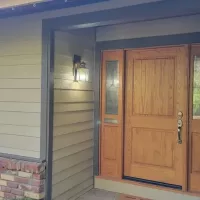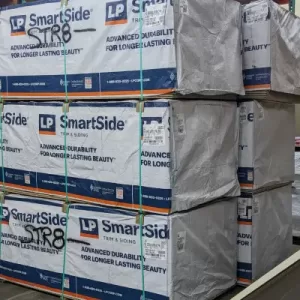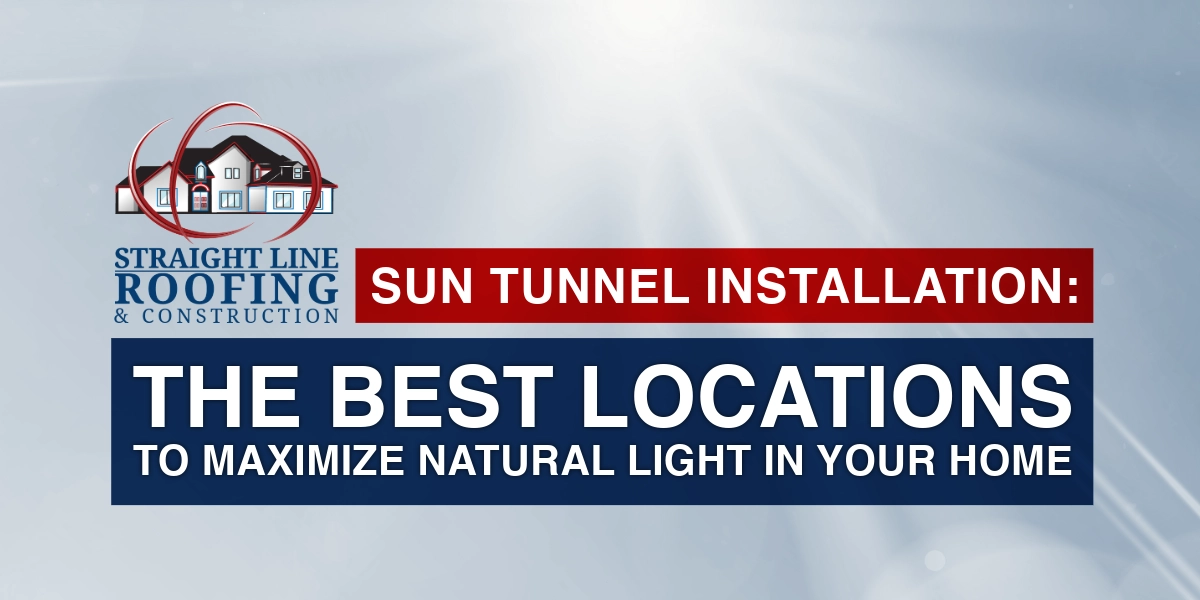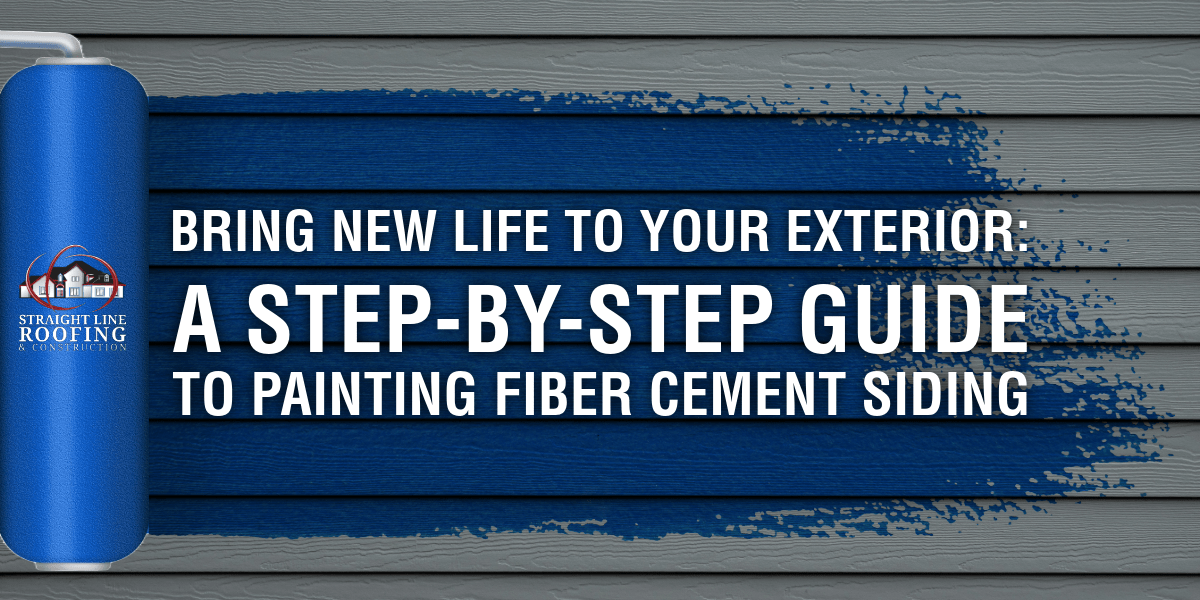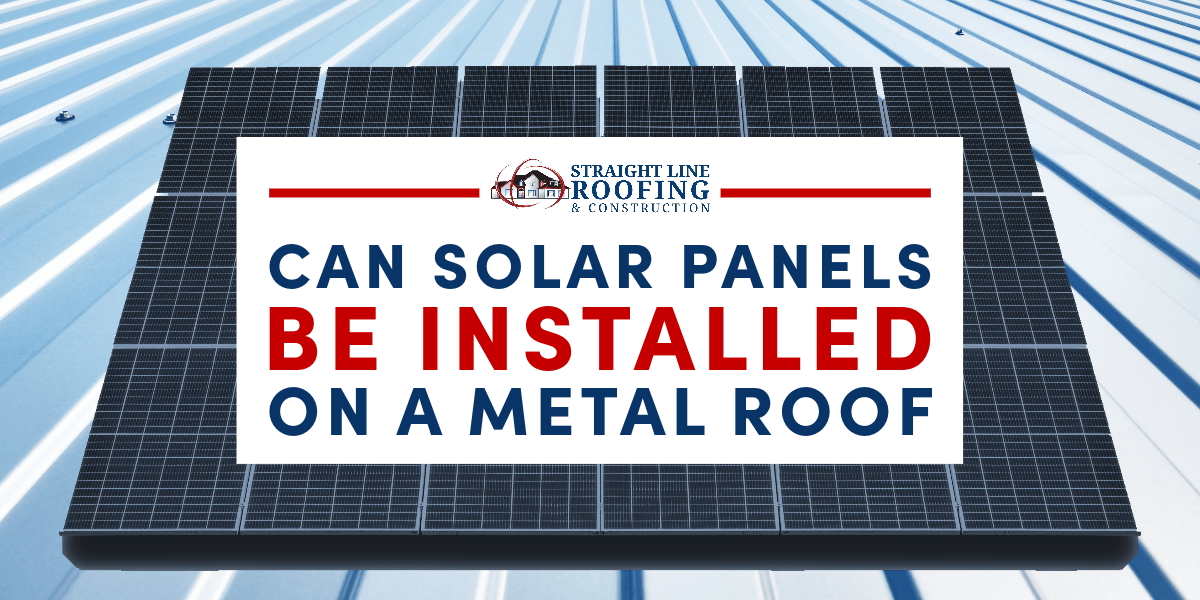What causes vinyl siding to melt? If you’ve experienced melted or warped vinyl siding, you understand the frustration of not knowing how it happened or what to do next. Unfortunately, the sun’s rays often damage vinyl siding directly or, more commonly, by reflecting intense sunlight off neighboring windows (especially highly reflective or low-emissivity (Low-E) windows). A viable alternative to avoid this potentially catastrophic issue is LP SmartSide Lap Siding.
Common Issues With Vinyl Siding
Many homeowners choose vinyl siding because they assume it is the “only” viable option. Perhaps they believe it is more affordable. Possibly, they think it offers the most durability. Unfortunately, homeowners may not realize that vinyl siding has more than its share of problems. These issues must be considered before deciding which new siding product to install.
Color Fading
Persistent exposure to the sun’s UV rays causes vinyl siding to fade. Depending on the quality of the vinyl siding, discoloration could begin occurring almost immediately after installation. As vinyl siding fades, it no longer offers the same aesthetic or curb appeal.
Typically, a homeowner will select vinyl siding for numerous reasons, including color. A homeowner wants to match (or at least complement) the vinyl siding’s hue to other home features, such as roofing materials, trim, windows, doors, and different types of siding.
Cracking
Fluctuating weather conditions like temperature, humidity, and moisture may cause vinyl siding to form tiny fractures. Although small cracks might not be noticeable to the naked eye, they create an opening that allows outside influences (particularly moisture) to impede the home.
In some cases, cracking in vinyl siding could result from a structural flaw. This cracking is a much more severe issue and requires immediate attention. The root of this problem might result from an installation error or a manufacturing defect; it demands accurate identification.
Melting
High temperatures (160+ degrees Fahrenheit) combined with constant exposure to sunlight can cause vinyl siding to melt. Other high-heat sources (such as BBQ grills and bonfires) may also cause it to melt. Melted vinyl siding cannot be repaired; it requires replacement.
Adverse consequences could unfold as homeowners make environmentally conscious decisions about construction products and services, including installing new energy-efficient windows. These windows will reflect rays away (and toward other objects), including siding.
Moisture Intrusion
Siding manufacturers design vinyl siding to be flexible. As weather patterns change, vinyl siding can expand and contract to avoid tension. This expansion and contraction could result in it tearing or separating. Because of its need for flexibility, vinyl siding isn’t necessarily sealed watertight.
Knowledgeable siding installers may include a waterproof barrier underneath the siding, but moisture can still easily slip through the siding and become trapped directly below the outer surface. Consequently, moisture may remain, leading to rot, mildew, and mold.
Warping
Extreme temperatures and other weather or outdoor conditions can adversely affect vinyl siding’s performance. Warped vinyl siding creates gaps between panels and uneven surfaces. Unfortunately, this issue leads to moisture build-up underneath the vinyl siding.
Although vinyl siding does not peel or chip, warping can make replacing it problematic, especially if it is older siding. Warped siding can be removed and replaced. However, an installer may have difficulty identifying a color or style that matches the existing vinyl siding.
Why LP SmartSide Lap Siding Is Superior To Vinyl Siding
LP is the established leader in siding manufacturing. Its SmartSide Lap Siding offers a more realistic wood texture than most vinyl and fiber cement siding products. It is a lightweight product with fewer seams. It delivers a significant installation cost advantage and does not require special tools. Incredibly, SmartSide provides better impact resistance than vinyl or fiber cement siding.
Because all SmartSide products are manufactured with wood (a renewable and recyclable material), homeowners can rest easy knowing that they have made an environmentally responsible choice. Vinyl siding is highly susceptible to fading from sun exposure. SmartSide Lap Siding is not. It has no natural salts and minerals (substances that could cause fiber cement discoloration).
LP stands behind its SmartSide siding products with a 50-year limited warranty. Vinyl and fiber cement siding manufacturers cannot compete with the breadth of this warranty coverage. However, in the past three decades, LP has manufactured over nine billion square feet of SmartSide siding because customers trust this product. You, too, can depend on SmartSide materials to perform optimally.
Finding A Qualified LP SmartSide Lap Siding Installer
Straight Line Roofing & Construction offers a viable alternative to vinyl siding for homeowners in Sacramento and surrounding areas. As an LP BuildSmart Preferred Contractor, we educate homeowners on feasible wood, vinyl, and fiber cement siding alternatives. By taking advantage of a robust training program reserved exclusively for reputable siding installers, we have accumulated extensive knowledge and experience with LP siding products, including its popular SmartSide Lap Siding.
Contact Straight Line Roofing & Construction today to learn more about our siding services or to schedule an appointment (and receive a free new siding estimate).


